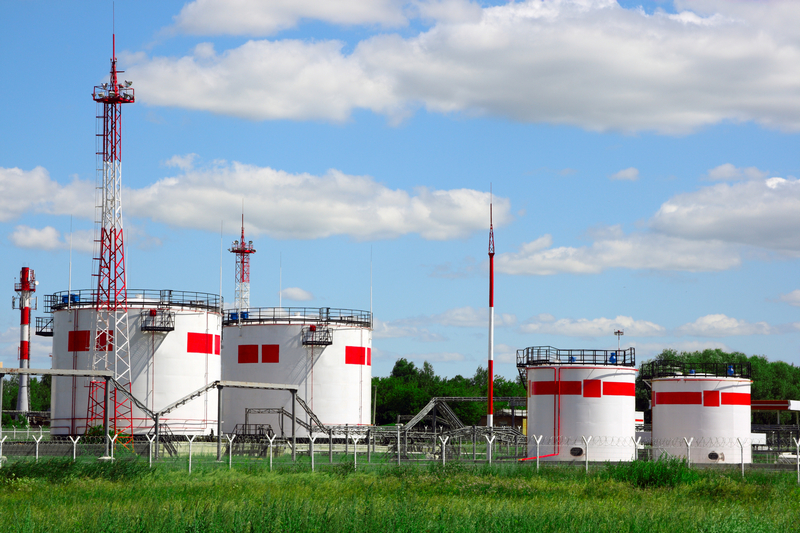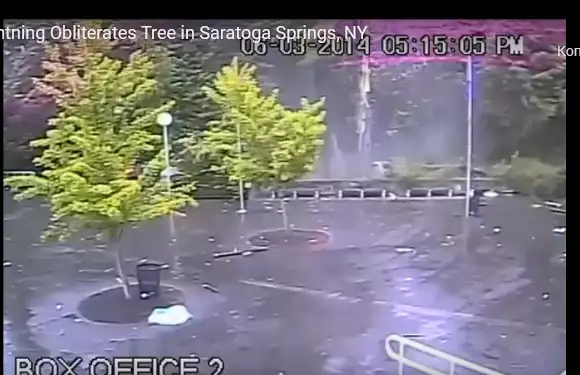We select two criteria in this article to determine the degree of danger of the effects of lightning on a person, buildings and equipment. The first is – how real for people to escape the dangerous consequences. Let us suppose, in case lightning strike a person in an open field, that person often becomes completely helpless. However, if lightning strike the building in the location of the institution, and such hit caused a fire, then, with properly organized fire escape routes, people have great chances to be saved and not even to get hurt. The second criterion – is the number of possible victims due to hit of lightning.
1. Stroke of lightning into a warehouse or factory with flammable or explosive substances

This type of facilities is extremely dangerous because not only direct lightning strikes, but also the induced electrostatic voltage, causing a spark, could lead to an explosion or a strong fire. Lightning shall not necessarily struck directly into a building to cause a fire or explosion. A "pre-thunderstorm atmosphere" in the area of facilities is already enough.
Another problem – is sliding discharges. To prevent explosions due to static electricity coming from friction, the storage area of easily combustible or explosive substances is consistently grounded. If the lightning protection system is improperly arranged, single sparks can slip between the lightning discharger and storage area grounding conductors. Induced static electricity and creeping discharges are referred to as the so-called secondary effects of lightning, while direct lightning strikes – to the primary effects.
The blast wave propagates with a speed at which the evacuation of people is impossible. Incidentally, 1 kg of TNT explodes in 0.00001 s. In the epicenter of an explosion, the temperature reaches +3000 °C. And an additional dangerous factor is the release of harmful substances during combustion.
It should be noted that under certain conditions, substances that are completely harmless in everyday life can be explosive. For instance, a flour. A bag of flour will not explode. But in a flour mill conditions, a suspension of flour, which is already capable of exploding from a spark, flies in the air. The same holds, for example, for fertilizer producing plants, elevators, and brewery works. That is why lightning protection of factories and warehouses should be worked out very carefully, paying attention to the nature of products stored and used in the production cycle.
Read more in our article, "Five of the most dangerous effects of lightning".
Related Articles:



